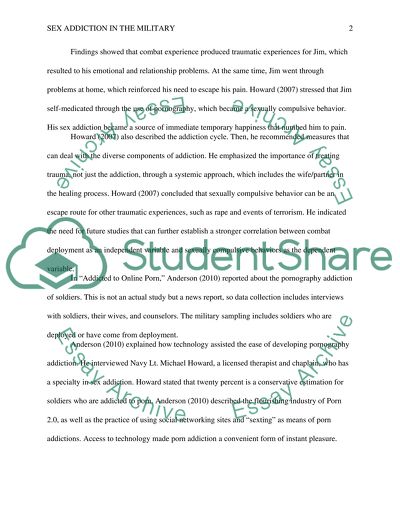Cite this document
(“Compulsive sexual behavior to avoid memories of combat Research Paper”, n.d.)
Retrieved from https://studentshare.org/gender-sexual-studies/1466704-compulsive-sexual-behavior-to-avoid-memories-of
Retrieved from https://studentshare.org/gender-sexual-studies/1466704-compulsive-sexual-behavior-to-avoid-memories-of
(Compulsive Sexual Behavior to Avoid Memories of Combat Research Paper)
https://studentshare.org/gender-sexual-studies/1466704-compulsive-sexual-behavior-to-avoid-memories-of.
https://studentshare.org/gender-sexual-studies/1466704-compulsive-sexual-behavior-to-avoid-memories-of.
“Compulsive Sexual Behavior to Avoid Memories of Combat Research Paper”, n.d. https://studentshare.org/gender-sexual-studies/1466704-compulsive-sexual-behavior-to-avoid-memories-of.


